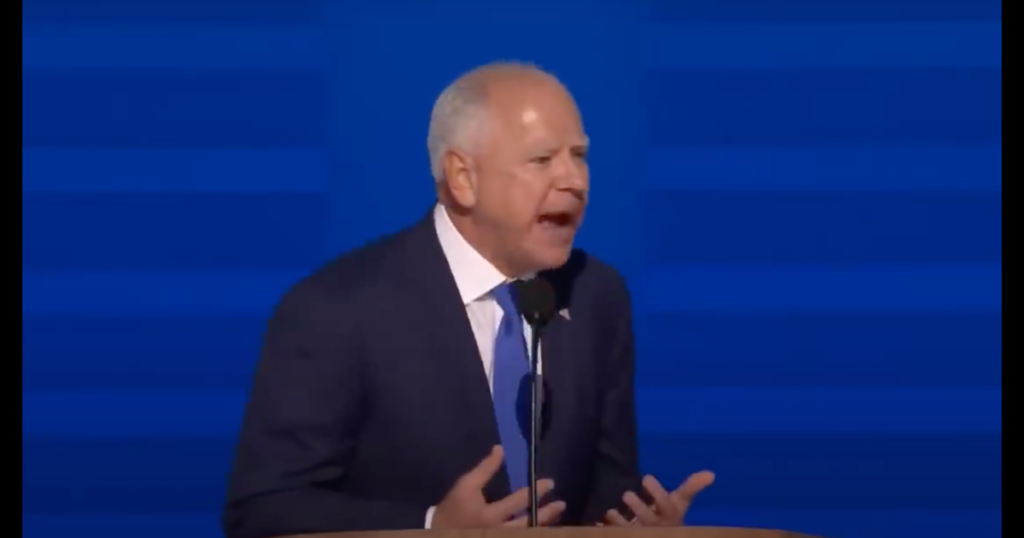Recent reports indicate a significant shift in voter sentiment among rural Minnesotans who have traditionally supported Governor Tim Walz. Once a reliable base for Walz and the Democratic Party, voters in rural areas seem to be gravitating towards former President Donald Trump, reflecting a broader dissatisfaction with the current Biden-Harris administration and its economic policies. This emerging trend has raised concerns for Democrats, as a potential loss in Minnesota—historically a Democratic stronghold—could signify a major political upheaval. Many voters in areas like Albert Lea, which has a population of approximately 18,000, are increasingly vocal about their discontent, leading to speculation on the shifting political landscape in the state.
The reasons behind this shift may be multifaceted. Voter dissatisfaction could stem partly from Walz’s perceived performance as a running mate for Vice President Kamala Harris. Observers have noted that Walz’s connection to the Biden administration might be weighing negatively on his popularity. Many rural voters, who once showed unwavering support for Walz after six congressional campaigns and one gubernatorial election, are now reconsidering their allegiances. Local Democrat Terry Gjersvik pointed out that he believes Trump has gained unprecedented strength in rural Minnesota, a sentiment echoed by various community members who feel let down by the Democratic leadership.
Current polling data reflects a concerning trend for the Walz campaign, as support for Trump in rural and small-town areas of Minnesota is reportedly surging, with figures hovering around 60 percent or higher. Even though Minnesota is not viewed as a critical battleground state, the Harris-Walz campaign is taking significant measures to regain lost ground in these rural areas leading up to the November election. Political commentators and columnists, such as Dustin Grage, have pointed to recent local news reports that corrected Walz’s misstatements during his appearance on “60 Minutes,” illustrating the vulnerability of his campaign.
The political landscape is not only changing locally but could manifest significant national implications should these trends continue. While the state historically leans blue, Trump’s potential success in Minnesota could send shockwaves through the Democratic Party. Discussions in political spheres speculate where the momentum might cascade next, with states like Wisconsin, Virginia, and New Mexico positioned as possible dominoes in this unfolding scenario. As political analysts observe the race, all eyes are on the rural voter base that has turned from long-standing allegiances to a potentially explosive support for Trump.
Amid this shifting climate, polling indicates that the margins between Trump and Walz are narrowing, with Trump’s support now within the margin of error in various surveys. This development underscores the urgency for Walz and his team to recalibrate their strategies to win back voters who feel disenchanted. The stakes are high in a state that has largely remained a Democratic stronghold, and losing Minnesota could represent a significant embarrassment for both Governor Walz and the Biden-Harris administration.
In summary, the possibility of rural Minnesota voters flipping their allegiance to Trump from Walz introduces a new dynamic to the 2024 election landscape. Should Trump manage to secure a victory in Minnesota, it would not only signify a dramatic political shift and disrupt traditional voting patterns but also serve as a major setback for the Democratic Party. With the clock ticking down to the election, the implications of these evolving voter attitudes are far-reaching, solidifying the state’s importance in the political narrative as this unprecedented election year unfolds.

